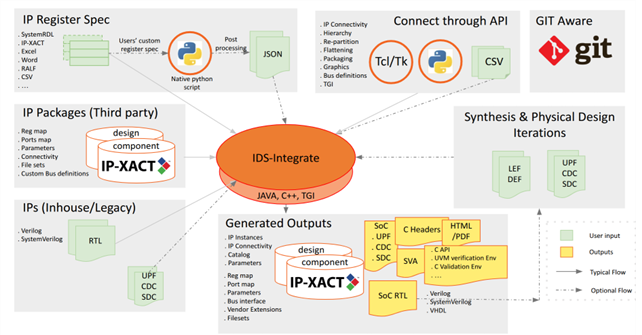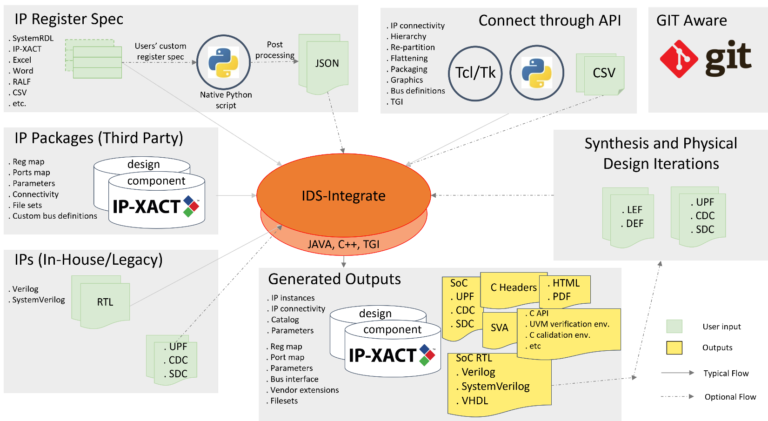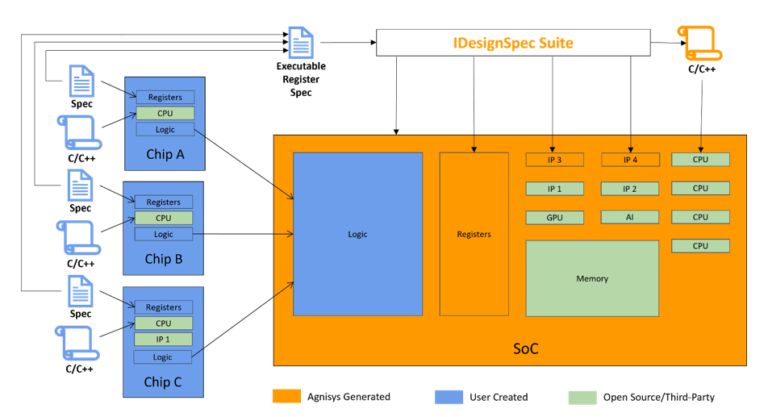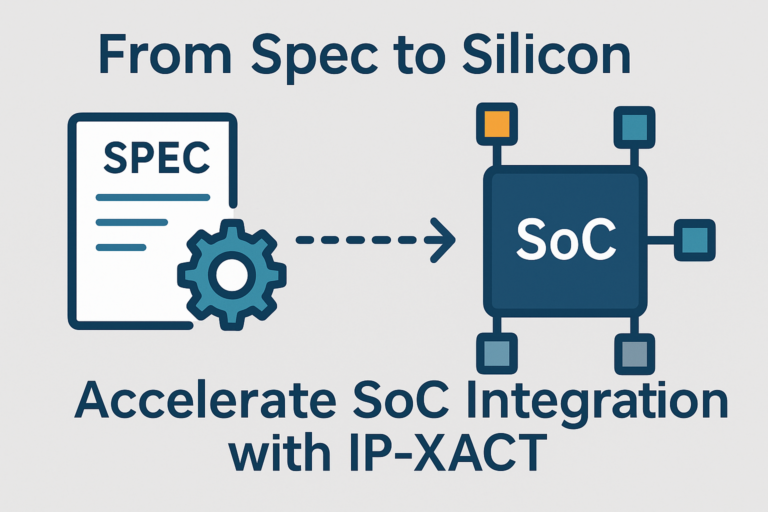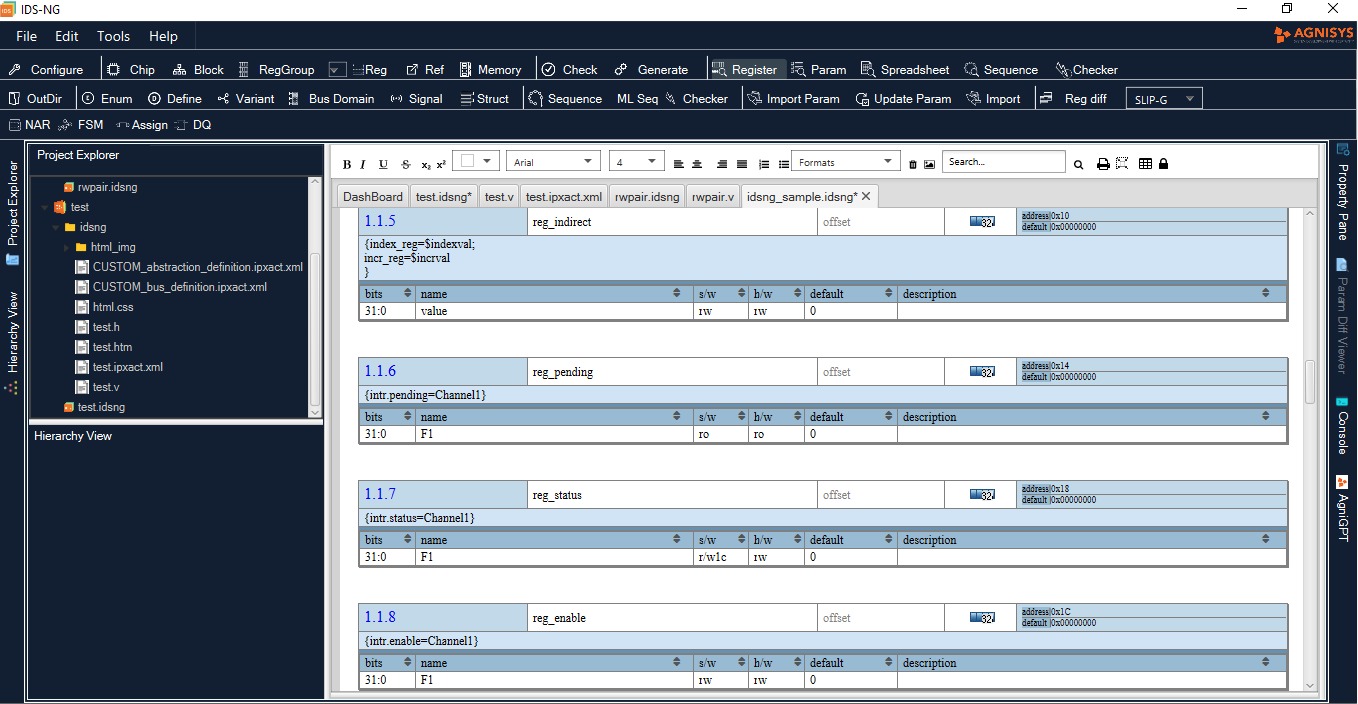SEMICONDUCTOR DESIGN AND VERIFICATION ARTICLES

Our Latest Blogs
Recently, I wrote the blog post “Design, Verification, and Software Development Decisions Require a Single Source of Truth” and...
You may have heard the phrase “single source of truth” sometimes abbreviated as “SSOT”—in the computing world. Although it...
Discover how IDS-Integrate transforms System-on-Chip (SoC) development through intelligent automation. From hierarchical design and Git-aware version control to power...
There are countless challenges at every stage of system-on-chip (SoC) design. Just defining the overall architecture involves many iterations...
How Engineering Teams Can Build Faster, Smarter & More Reliable Chips Chip design has always been a highly intricate process...
I’ve been writing a lot about AI lately, but for some good reasons. AI seems to be dominating a...
If you ask people what defines a system-on-chip (SoC) design, you’ll probably get one of three responses. Many contend...
In today’s semiconductor industry, System-on-Chip (SoC) design has become increasingly complex. Modern SoCs integrate multiple intellectual property (IP) blocks...
Semiconductor development is one of the most dynamic industries in history. Change is constant, stemming from evolution in underlying...



